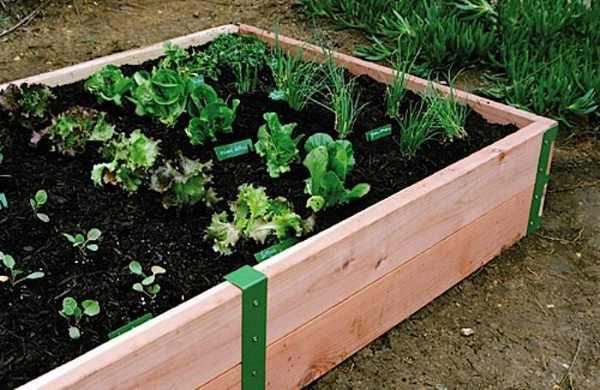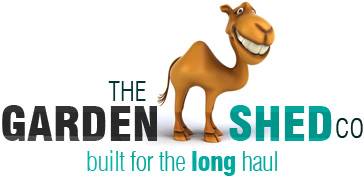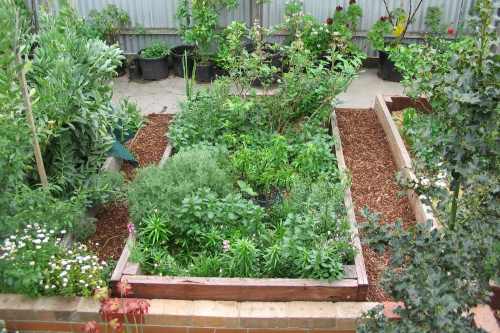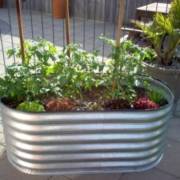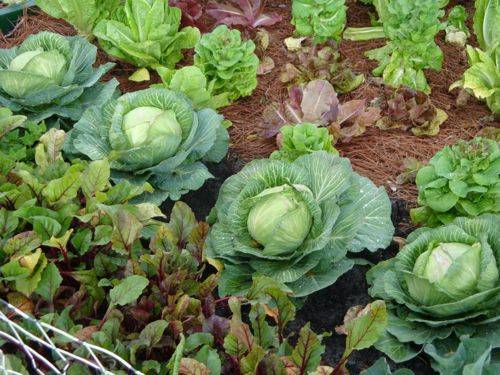Ten tips to get the best from your raised garden bed – Part 2
Following on from last weeks post, here are tips 6-10.
6. Building the right soil mix
Rather than using soil from your garden, opt for a soil mix. Usually, soil mixes are blends of peat moss, compost and bark. Use a mix of vermiculite, peat moss and blended compost. This will make a growing medium that can hold nutrients, water and oxygen. Also, remember you will have to feed the plants more the first couple of years to facilitate growth and meet the growing plants’ nutrient needs. As you build the soil structure, the need for fertilisation will decrease.
Make sure you test the pH of the soil mix, as some plants require an acidic environment to flourish, while others require slightly acidic or neutral soil conditions. Extremely high or low pH can reduce yield and cause unnecessary stress to the plants.
7. Solarisation to get rid of soil pests
This is a way to get rid of pests that thrive in soil. Just spread a sheet of plastic on the soil. Hold it in place by placing bricks on it. This will raise the temperature of the soil and destroy pests, their eggs, soil pathogens and weeds. While this can take time to be effective, it proves to be a good option in the long-term. You can prevent your plants from getting eaten by pests during the growing season.
8. Use plasticulture to avoid weed growth
If somehow weeds still make their way into your raised garden bed, rather than weeding, which will break down the soil structure with time, opt for plasticulture. Place a black plastic on the soil. Make holes in it to plant your plants through it. Use drip irrigation to keep the soil underneath moist. This plastic will raise the soil temperature and prevent weeds. The elevated soil temperature can also extend the growing season of plants that are sensitive to temperature changes.
9. Plant cover crops to add nutrients naturally
When you are growing vegetables in raised garden beds, it strips the nutrients from the soil mix. Rather than using artificial means to add nutrients into the growing medium, you can use cover crops during the off-season. Such crops add the nutrients back into the soil mix and also prevent soil compaction. Some examples of cover crops are clover, oats and buckwheat.
10. Use worms to your advantage in a raised garden bed
One of the best ways to increase yield and provide optimal growing environment to plants in a raised garden bed is by introducing worms into the soil (that is you are using soil instead of another growing medium). The worms will aerate the soil and also help blend organic matter throughout the soil. You also can use your kitchen scraps to fodder to earthworms and when there is sufficient castings of the worms, place into your raised garden bed. These castings are rich in nutrients.
